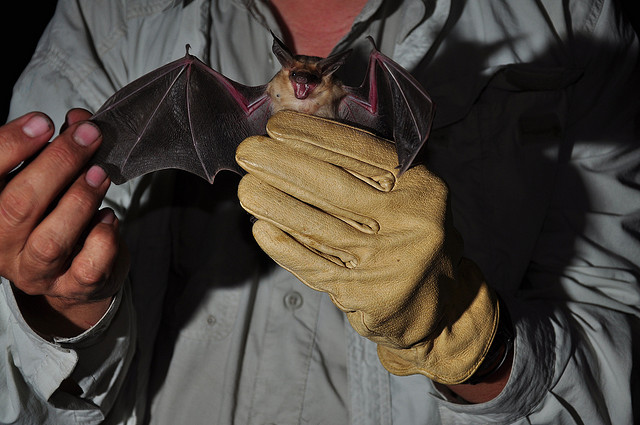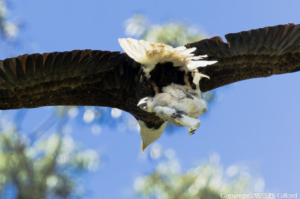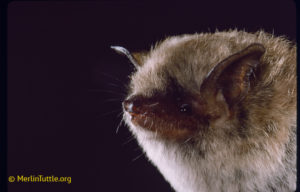As fascinating as bats are, they, like all wild creatures, come with a warning label.
While rabies is far from on the rise among humans and domesticated animals in America, it still exists among wild animals, including bats.
The recent discovery of five rabid bats in San Francisco’s Lake Merced neighborhood created a significant stir today, eliciting written notices from the San Francisco Department of Public Health. While human rabies is exceptionally rare – there hasn’t been a case in San Francisco since 1987– it is still a serious and almost always fatal disease that should be carefully watched.
“At this point, no cases of human contact with rabid bats have been reported,” said Eileen Shields, a spokesperson for the San Francisco Department of Public Health. “We haven’t had a case of dog or cat rabies in San Francisco for the past 60 years and we want to keep it that way.”
Rabies is a dangerous viral disease that destroys brain tissue. The incubation period can be anywhere from weeks to years. While the rabies vaccine is very safe and infection among people and pets is rare, public awareness and vigilance on reporting incidents is critical for maintaining everyone’s safety. Anyone who has come into contact with a bat should immediately contact the DPH at (415) 554-2830, and the same goes for those who believe their pets may have done so.
Strong warnings are also put out to residents to watch out for dead or non-flying bats on the ground, urging them to immediately report such findings to Animal Care and Control at (415) 554-9400. Of the 133 bats tested by the San Francisco DPH over the past three years, 12 percent tested positive for rabies.
That rate sounds high, and could be because bats that are tested are more likely to be carriers. But in the wild, only 0.005% of bats are thought to have rabies, said a U.S. Fish and Wildlife spokeswoman on bats, Ann Froschauer.
“That’s really low,” she said. “They don’t have rabies any more often than a lot of animals and are equal to skunks, foxes and opossums.”
As with any wild animal, it’s very important not to touch or handle any bats, as they may carry the disease. If bats are found flying in a home or building, don’t attempt to catch the bat yourself, but also don’t let it out. Close the door to the room to which it is in and call Animal Care and Control.
“If you do handle a bat, it’s likely to bite you. It’s a wild animal,” said Froschauer.
If that happens, not only are you going to have to go through precautionary rabies treatment, but the bat will also be killed so that it’s brain can be tested for rabies.
Since bat bites are extremely tiny and can occur without a person’s knowledge (e.g. while the person is sleeping), anyone who believes they may have been in contact with bats should be vigilant about reporting any such cases as a precaution.
That said, people shouldn’t be worried about being dive-bombed from an army of rabid bats. Enjoy bat watching during the summer’s peak bat-watching season.
“Generally speaking, bats are very beneficial and will stay away from people,” said Shields of the public health department. “The only time bats may attack is if they are in close quarters with humans and diseased. If people want to go and watch bats, I think that’s great. Seeing bats flying should not be an immediate cause to run and hide.”
Alison Hawkes, online editor for Bay Nature, contributed to this report.





